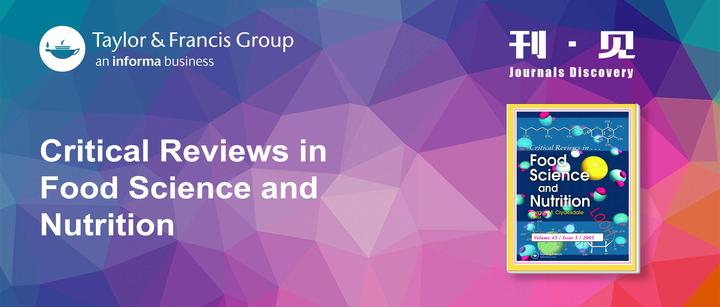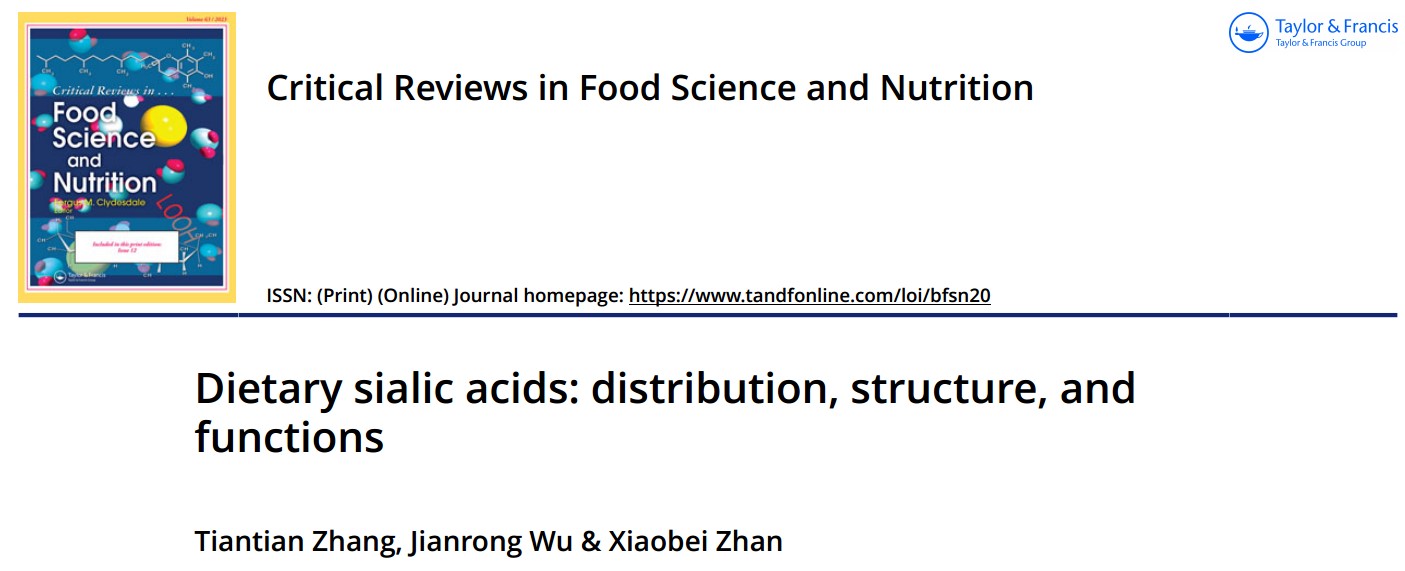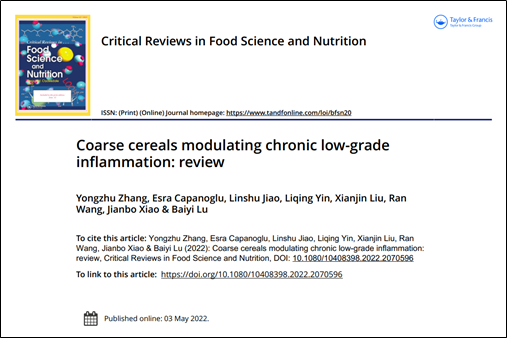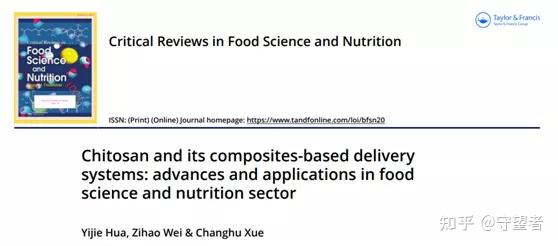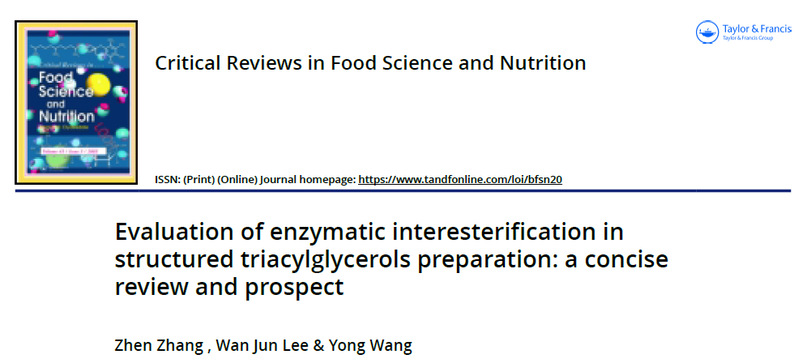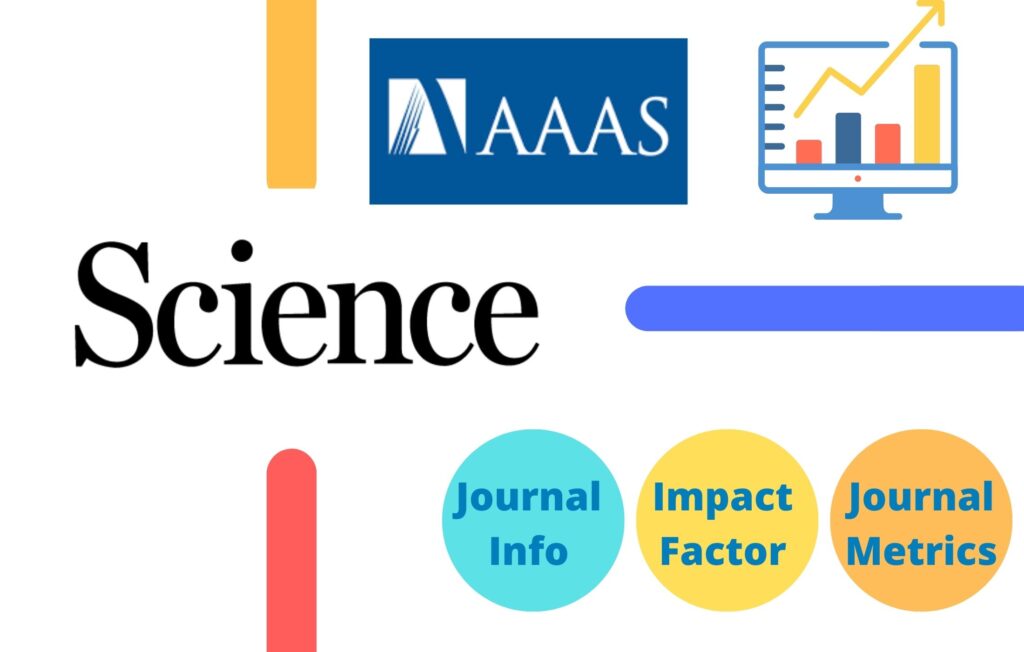Critical Reviews In Food Science And Nutrition Impact Factor

The world of scientific publishing navigates by metrics, and among them, the impact factor reigns supreme. For researchers in food science and nutrition, the Critical Reviews in Food Science and Nutrition (CRFSN) has long stood as a landmark journal, its impact factor a key indicator of its influence and the relevance of its published work. Recent fluctuations and ongoing discussions surrounding its impact factor, however, have sparked intense debate within the field, forcing researchers to re-evaluate the metrics they use and the weight they assign to them.
At the heart of this discussion is the question of what an impact factor truly represents and whether it accurately reflects the quality and long-term significance of scientific research. This article delves into the intricacies of CRFSN's impact factor, exploring its historical trends, the factors influencing its changes, and the broader implications for the food science and nutrition community. We'll examine different perspectives on the value and limitations of impact factors, highlighting the ongoing quest for more robust and nuanced measures of research impact.
Understanding the Impact Factor
The impact factor, calculated annually by Clarivate Analytics, is a measure of how frequently articles in a journal are cited over a specific period (typically two years). It's a simple calculation: the number of citations received by articles published in the journal during the past two years, divided by the total number of citable articles published in those same two years. A higher impact factor generally indicates that the journal's articles are being widely read and cited, suggesting greater influence within the scientific community.
However, the simplicity of this metric masks its inherent limitations. Critics argue that it's susceptible to manipulation, favors certain types of articles (e.g., reviews), and doesn't account for the varying citation practices across different disciplines. Furthermore, it only captures short-term impact and fails to recognize the long-term significance of research that may take years to be fully appreciated.
CRFSN's Impact Factor: A Closer Look
Over the years, CRFSN has maintained a strong presence in the field, consistently achieving a notable impact factor. Its reputation for publishing comprehensive and critical reviews has made it a valuable resource for researchers seeking in-depth analyses of key topics in food science and nutrition. Fluctuations in its impact factor, like those experienced by many journals, can be attributed to a variety of factors, including changes in editorial policy, the emergence of new research areas, and the overall citation landscape.
Examining the trends reveals a complex picture. It is important to note that changes in methodology for calculating the impact factor can lead to artificial inflation or deflation. This makes a year-on-year comparison a difficult task.
Factors Influencing Impact Factor Changes
The number of citations a journal receives is directly tied to the visibility and accessibility of its content. Open access publishing, for example, can potentially increase citations by making articles freely available to a wider audience. Similarly, promoting articles through social media and other channels can boost their visibility and attract more citations.
The specific topics covered by a journal can also influence its impact factor. Areas of research that are currently "hot" or receiving significant attention are likely to generate more citations. Likewise, review articles, which synthesize existing knowledge, tend to be cited more frequently than original research articles.
Editorial policies also play a role. For example, a journal's decision to publish more review articles, or to focus on specific areas of research, can impact its overall citation rate. Furthermore, the quality and rigor of the peer review process can influence the impact of published articles.
The Broader Debate: Beyond the Impact Factor
The limitations of the impact factor have led to a growing call for alternative metrics to assess research impact. These alternative metrics, often referred to as altmetrics, aim to capture a broader range of impact indicators, including social media mentions, downloads, and policy citations.
Altmetrics offer a more nuanced view of research impact by capturing the diverse ways in which research is being used and disseminated. However, they also have their own limitations, including the potential for manipulation and the difficulty of comparing metrics across different platforms.
Ultimately, a comprehensive assessment of research impact requires a multi-faceted approach. This includes considering traditional metrics like the impact factor alongside alternative metrics, peer review, and qualitative assessments of research significance.
"We must move beyond a singular focus on the impact factor and embrace a more holistic approach to evaluating research." - Dr. Anya Sharma, Food Science Researcher
Implications for Food Science and Nutrition
For researchers in food science and nutrition, the ongoing debate surrounding the impact factor has significant implications. It highlights the need to critically evaluate the metrics used to assess research impact and to consider a broader range of factors when evaluating the quality and significance of scientific work.
This is particularly important in a field as diverse as food science and nutrition, where research can have impacts on public health, policy, and industry. Relying solely on the impact factor can lead to a narrow focus on certain types of research and can undervalue the importance of research that may have long-term or societal impacts.
Looking Ahead
The future of research evaluation is likely to involve a more sophisticated and nuanced approach that incorporates a variety of metrics and qualitative assessments. Journals like CRFSN will need to adapt to this evolving landscape by embracing new ways of measuring and communicating the impact of their publications.
Researchers, funding agencies, and institutions will also need to play a role in promoting a more holistic approach to research evaluation. This includes developing new metrics, supporting open access publishing, and fostering a culture that values a wide range of research outputs and impacts.
The conversation around the impact factor is far from over. By engaging in open and critical discussions, the food science and nutrition community can work towards developing more robust and meaningful measures of research impact that truly reflect the value and significance of scientific work.



